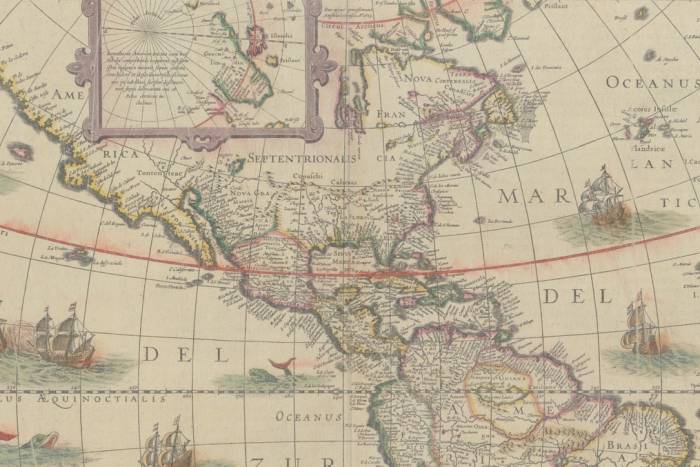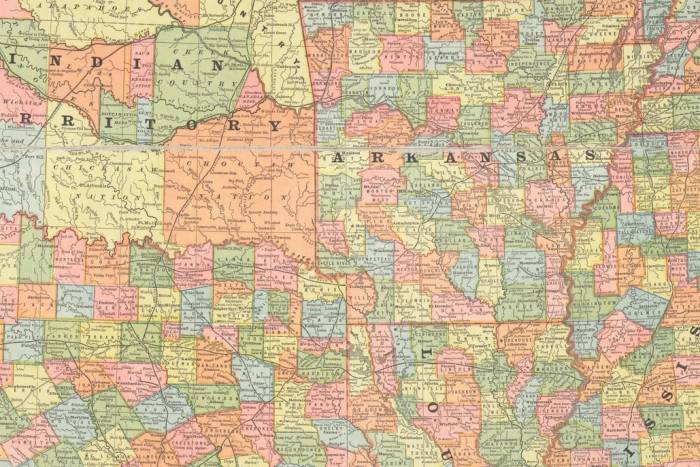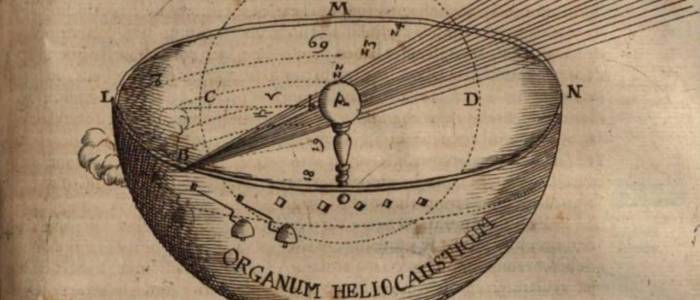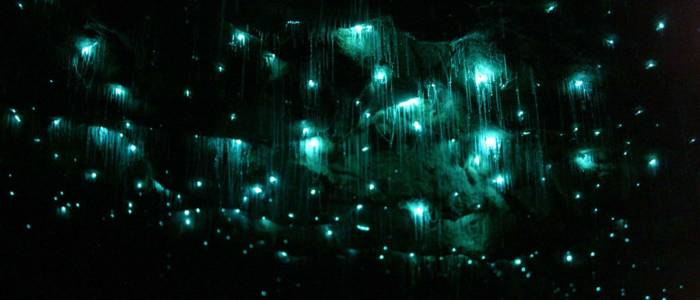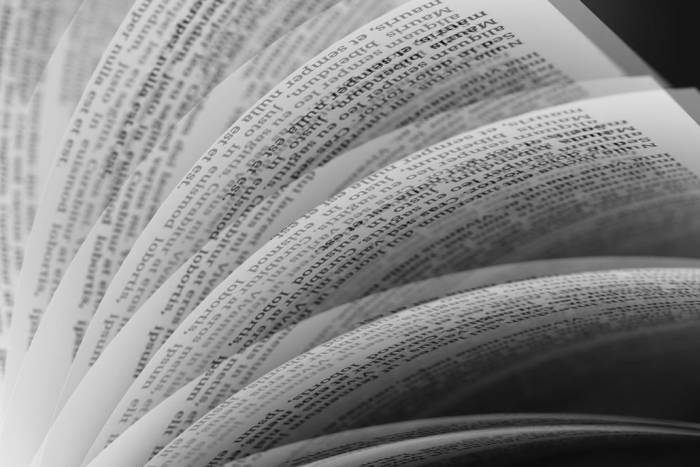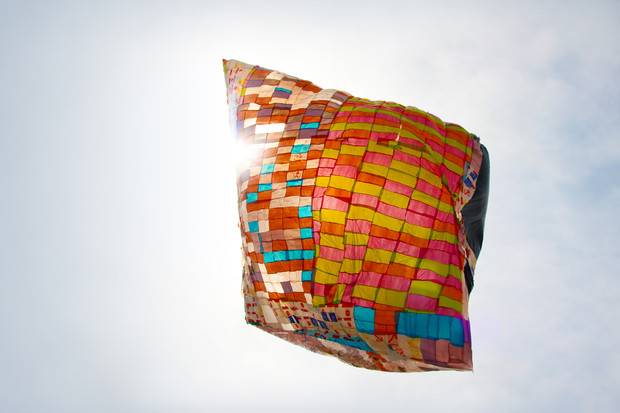Erasure as One of the Fine Arts
Not only producing but also reducing the already produced allows one to explore the limits of art.
The so-called empty page syndrome, according to César Aira, was overcome with the arrival of the word processor, where the physical written word is substituted by virtual writing, and which easily leads to the horror vacui. The computer allowed for writers to retrace their steps across a text for the first time. However, the problem now is not the lack of information, but the excess of it.
Before the word processor existed, and even paper as we know it today, the draft was the first material substance of the written word; scribes used tree bark with a stylus (a sharp metal point) or on wooden or wax tablets – such as On Wooden Tablets: Apronenia Avitia by Pascal Quignard – on which writing could be erased before writing more.
In ancient times, and up until a short time before the invention of the printing press, writing implied an economy of resources, and people perhaps wrote much better because they were more careful with words and more respectful with the material, which was linked directly to nature. We know that today it is no longer like that, and it would even appear that all Facebook or Twitter users consider themselves writers and “publish” the first thing that comes into their heads. One thing is the “democratization” of the media and information, but information congestion is something very different. Perhaps writing is the most recurrent activity in our daily lives nowadays in terms of a hyper-production of discourse, but it is also a kind of pollution, of garrulous traffic that does not always have to do with communication and knowledge.
The 20th century, in addition to two world wars and dictatorships in numerous countries, brought us a significant amount of writing and artistic processes that are fundamental when it comes to emancipating the art of the representative status quo. Among the most interesting processes – precisely due to its negativity – is erasure poetry. By definition it is a more specific form of what was generically called found poetry or found art, and which closely resembled the avant-garde posturing of Marcel Duchamp, who was perhaps the most disruptive artist of Modernism, above all when he ceased to produce art.
Erasure poetry consists of taking a text and selectively erasing words; instead of writing a new text, we make the text that lies beneath the original appear. This, of course, displaces the meaning in another direction, and it works like a superimposing of planes. The process, among other things, is interesting because it questions the notion of the author in both directions: both for the author of the erased text and for he or she who erases, as they do not write but rather find a text where they read, where they read something else. It could appear novel, but it is not really. If we think about ancient texts and Greek classics, all of those texts came to us as fragments, or as a superimposition that we call palimpsest. The same act of reading is fragmentary.
The Epic of Gilgamesh exists in the form of cuneiform fragments of a text that we can mentally complete: the poems of Sappho are what could be salvaged from the poems of Sappho coupled with the hand of those who set down those poems in writing on materials that have been eroded by time. Time is our eraser, the sheet on which we all leave the marks of our stylus.
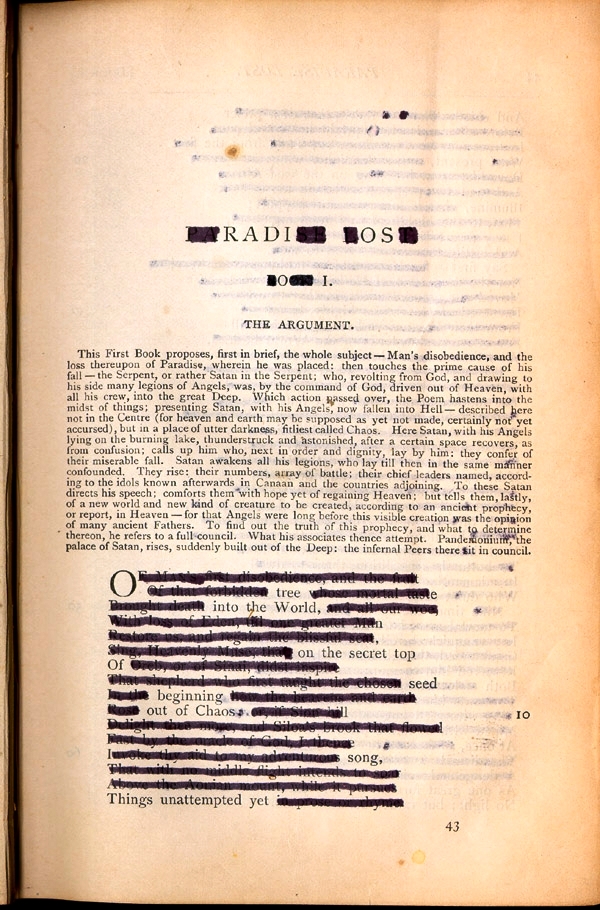
One of the most astonishing results of this procedure is RADI OS (1977), by Ronald Johnson, a US poet who applied the erasure process to John Milton’s Paradise Lost, demonstrating that the text still had many more things to say. Another contemporary example is what Robert Rauschenberg did with Erased de Kooning Drawing. And even closer to us is the experimental poet Jenni B. Baker, who is erasing cult author David Foster Wallace’s Infinite Jest, and she also edits the website Found Poetry Review. They are all forms of appropriation, a concept used by the poet Kenneth Goldsmith, who a couple of years ago made a call to “print the Internet.”
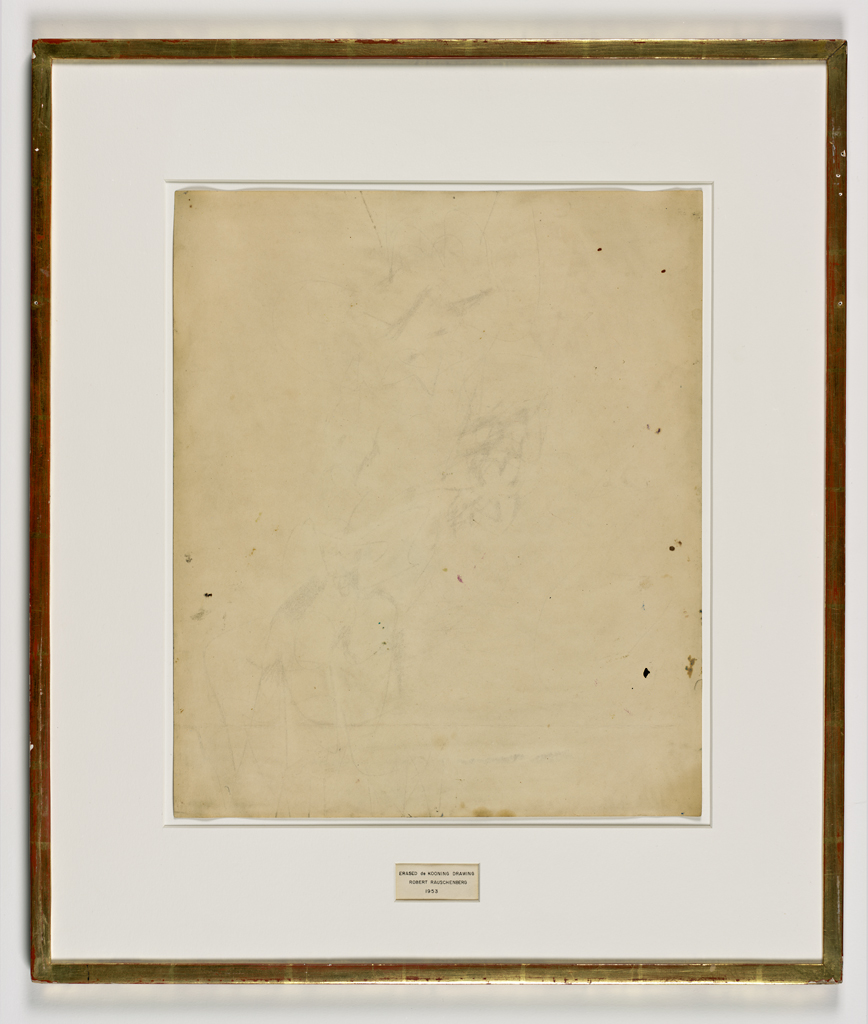
The idea is to suggest the act of erasure as an edition of reality, or even as an edition of the self, of those anxieties that each of us have to enunciate, to talk about and comment. Instead of collaborating with the maelstrom of the ‘post-,’ it would be interesting to reflect on certain practices of communication, even regarding dead texts or those of the first order, such as a Constitution or Bill of Rights. A robot of discourse such as a head of state can be converted into a poet, and a bad writer can be turned into an activist of the genre, etc. The words are there to be manipulated. Of course, it is an invitation to discursive ecology, to a disdain for the immediate and to remove ourselves some distance from our era that so captivates us. It is an invitation to reflect on virtual practices that, in general and although do not appear as such, is a passive activity.
By Sebastián Gómez-Matus.
Related Articles
When ancient rituals became religion
The emergence of religions irreversibly changed the history of humanity. It’s therefore essential to ask when and how did ancient peoples’ rituals become organized systems of thought, each with their
Seven ancient maps of the Americas
A map is not the territory. —Alfred Korzybski Maps are never merely maps. They’re human projections, metaphors in which we find both the geographical and the imaginary. The cases of ghost islands
An artist crochets a perfect skeleton and internal organs
Shanell Papp is a skilled textile and crochet artist. She spent four long months crocheting a life-size skeleton in wool. She then filled it in with the organs of the human body in an act as patient
A musical tribute to maps
A sequence of sounds, rhythms, melodies and silences: music is a most primitive art, the most essential, and the most powerful of all languages. Its capacity is not limited to the (hardly trivial)
The enchantment of 17th-century optics
The sense of sight is perhaps one the imagination’s most prolific masters. That is why humankind has been fascinated and bewitched by optics and their possibilities for centuries. Like the heart, the
Would you found your own micro-nation? These eccentric examples show how easy it can be
Founding a country is, in some ways, a simple task. It is enough to manifest its existence and the motives for creating a new political entity. At least that is what has been demonstrated by the
Wondrous crossings: the galaxy caves of New Zealand
Often, the most extraordinary phenomena are “jealous of themselves” ––and they happen where the human eye cannot enjoy them. However, they can be discovered, and when we do find them we experience a
Think you have strange reading habits? Wait until you've seen how Mcluhan reads
We often forget or neglect to think about the infinite circumstances that are condensed in the acts that we consider habitual. Using a fork to eat, for example, or walking down the street and being
The sky is calling us, a love letter to the cosmos (video)
We once dreamt of open sails and Open seas We once dreamt of new frontiers and New lands Are we still a brave people? We must not forget that the very stars we see nowadays are the same stars and
The sister you always wanted (but made into a crystal chandelier)
Lucas Maassen always wanted to have a sister. And after 36 years he finally procured one, except, as strange as it may sound, in the shape of a chandelier. Maassen, a Dutch designer, asked the


